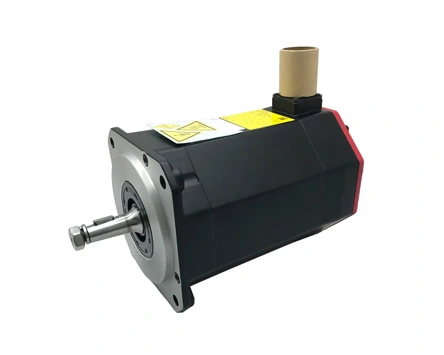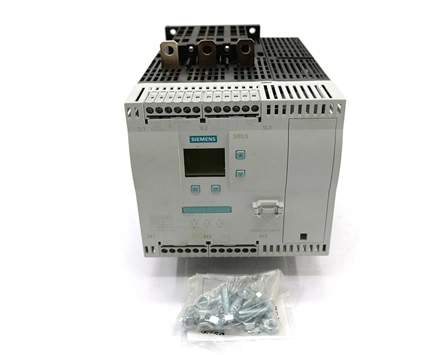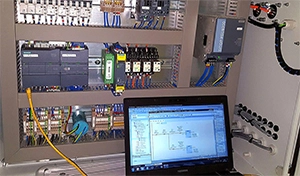
For electronic measuring devices and control devices controlled by digital systems, fanuc encoders need to be used, which can convert the rotation angle, speed and position information of objects into digital signals. The world's earliest absolute encoder was invented in 1960.
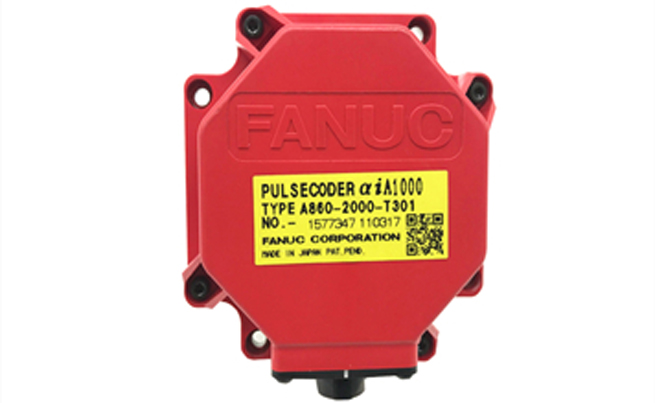
The absolute encoder can measure the rotation angle of the shaft and output the measured value as a 6-digit decimal number. The encoder has five drums, and the numbers on the drums are ground with a special code. In this code, only one digit is changed between the numbers. Usually, the number of the first drum ranges from 00 to 99. Therefore, the resolution of the encoder is 100 positions per revolution, and the coding capacity reaches 10000 revolutions. In addition, the highest resolution drum contains a speedometer track.
Over time, people find that using gray code is more convenient for the use of absolute encoder. Gray code is also a one-step code, in which only one bit is changed in each step. Gray code was invented in 1953 and obtained the data transmission patent. In the 1960s, electronic technology has been greatly developed, and these codes have played an important role.
Before using gray code, the measurement range of the fanuc servo motor encoder is divided into 6 drum segments, and each drum segment represents 10 years. Every 10 years, a 4-bit one-step code is ground into a drum. Therefore, when selecting the code, the stability of the drum will not be affected by milling, and is directly converted into a code similar to BCD code in the fanuc motor encoder.
In 1966, the encoder has been applied in the industrial field of Germany. The encoder can prevent the equipment from moving to the reference point after power failure, because its position is not lost, so the equipment can continue to work without problems and long-term shutdown.
In the field of electric power, the encoder is also used in fuel rod robots and hydropower stations. In addition, CERN also uses encoders.
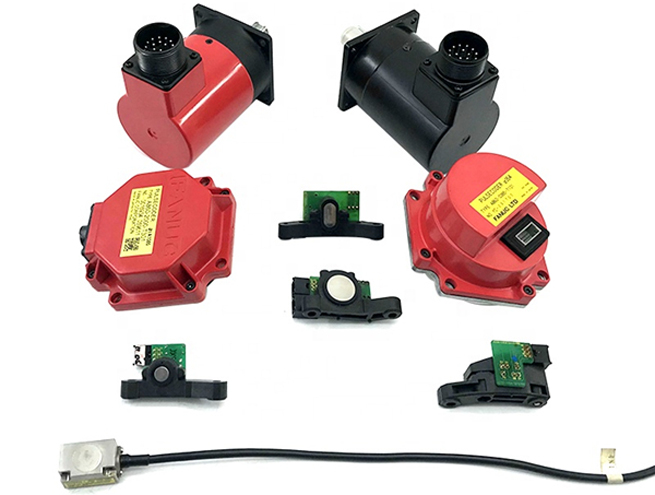
Since 1960, the fanuc spindle encoder has been developed for decades, and its technology has changed a lot. Among them, the volume of the fanuc industrial encoder is reduced by about 40 times, and its resolution is improved by about 168 times.
Today's encoders are small, robust and reliable. The resolution per revolution of the incremental encoder is also very high. The 24 bit encoder has more than 16 million positions per revolution, with a total accuracy of ± 25arcsec and a coding capacity of 4096 revolutions.
In the past, connecting encoders was also a complex thing, because twisted pair, shielded connection, welding operation, etc. were required. Today's linear encoders are generally integrated in servo motors and can be connected with only two wires. On both wires, power and digital data need to be transmitted at a very high rate. The servo driver connected to the rotary encoder can cycle the position of the encoder with a sampling time of 25 microseconds. These advantages of pulse coder make it essential in many fields.
 English
English 日本語
日本語 한국어
한국어 français
français Deutsch
Deutsch Español
Español italiano
italiano русский
русский العربية
العربية Türkçe
Türkçe Jawa
Jawa